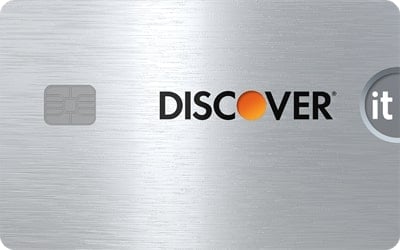Apply Now: 3 Key Types of Credit Cards You Need to Know About
Some credit cards give you rewards, some lower the cost of borrowing money, and some can help you improve your credit score.
With so many credit cards available, it can be hard to figure out which one is right for you. But most cards fall into three main groups based on what they offer: rewards credit cards, low-interest and balance transfer cards, and credit-building cards. Understanding these groups can help you decide which type of card might be best for you.
It’s important to know that these groups aren’t set in stone. For example, a card that helps you save on interest might also give you rewards or help you build credit. Plus, the best card for you depends on what you want from a card, how you spend your money, and sometimes, your credit history.
To help you understand what to look for in a card and what each group usually offers, let’s take a closer look at the three main types of credit cards.
1. Rewards credit cards
Rewards credit cards give you a little something back with each purchase. Such cards generally include cash-back cards, which earn back a percentage of your spending, and travel rewards credit cards, which typically give you points or miles for purchases you make.
Cash-back credit cards
- Flat-rate cards: These cards give you a set percentage of cash back on all your purchases, no matter what you buy. For example, you might get 2% cash back on everything you buy with the Wells Fargo Active Cash® Card, without any annual fee.
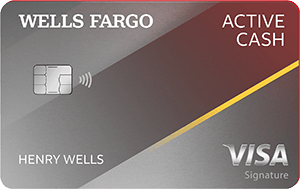
Apply Now
- Tiered-rewards cards: With these cards, you earn different amounts of cash back depending on where you spend your money. If you spend a lot on groceries, for instance, you might choose a card like the Blue Cash Preferred® Card from American Express, which gives you 6% cash back at U.S. supermarkets (on up to $6,000 in spending per year, and then 1% thereafter). It also offers cash back on other categories like streaming services, transit, and gas stations.
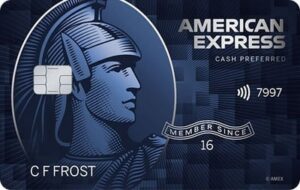
Apply Now
- Rotating bonus cards: These cards have changing bonus categories that rotate every month or quarter. You might earn extra cash back on certain types of purchases during one period, and then it changes for the next. Just remember, you usually need to activate these new bonus categories to get the extra rewards.
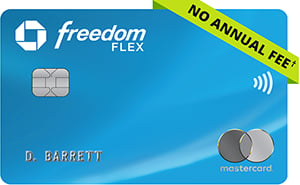
Apply Now
If you’re interested in earning rewards for your travel expenses, there are different types of travel rewards credit cards to consider:
- General travel rewards cards: These cards, like the Capital One Venture Rewards Credit Card, offer rewards for any travel-related purchases you make. They often provide flexibility in how you can redeem your rewards. For instance, with the Capital One card, you earn 2 miles for every dollar spent on any purchase, which can be used to cover various travel expenses.
- Co-branded travel credit cards: These cards are linked to specific airlines or hotel chains. They’re beneficial if you frequently use a particular airline or stay at a certain hotel brand. For example, the Delta SkyMiles® Gold American Express Card is ideal for Delta loyalists. It offers double miles for eligible Delta purchases, as well as for purchases at restaurants worldwide and U.S. supermarkets. Additionally, new cardholders can earn a welcome bonus of 70,000 Bonus Miles after spending $3,000 in purchases within the first 6 months. While there’s an annual fee of $0 for the first year, it increases to $150 afterward. Terms and conditions apply (see rates and fees).

Apply Now
2. Low-interest and balance transfer cards
If you’re able to pay off your entire credit card bill each month, you might not worry too much about the interest rate. That’s because you only get charged interest if you carry a balance from one month to the next. But not everyone can manage to pay in full every time, and there are credit cards made specifically for those who carry debt.
Low-interest or 0% APR cards are designed to help you save money by reducing the interest you pay on your purchases. For instance, the Chase Freedom Unlimited® offers a 0% introductory APR on purchases and balance transfers for the first 15 months. After that, the APR ranges from 20.49% to 29.24% variable, and there’s no annual fee.

Apply Now
Balance transfer cards allow you to transfer high-interest debt from one card to another with a lower interest rate. The Citi Double Cash® Card, for example, gives new cardholders a 0% introductory APR on balance transfers for 18 months. After that, the APR ranges from 19.24% to 29.24% variable, and there’s no annual fee.
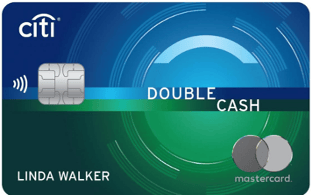
Apply Now
Some cards offer a 0% introductory APR on both purchases and balance transfers, giving you a period of time to pay off your debt without accruing interest. The U.S. Bank Visa® Platinum Card, for instance, offers an 18-billing-cycle introductory APR period on both purchases and balance transfers. After that, the APR ranges from 18.74% to 29.74% variable.
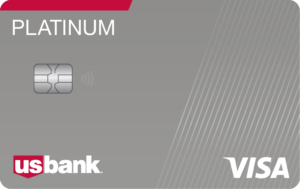
Apply Now
It’s important to note that the best 0% introductory APR and balance transfer card offers are usually available to people with good to excellent credit scores, typically around 690 or higher on the FICO scale. So, if you’re aiming for one of these cards, make sure your credit score meets the requirements.
3. Credit-building cards
People with low credit scores or those who are new to credit cards might benefit from a card that helps them build or improve their credit.
Secured credit cards are a great option for building credit. They require a security deposit, usually equal to your credit limit, which reduces the risk for the credit card company. With responsible use, you can eventually get your deposit back once your credit score improves enough. Some secured cards even offer the chance to upgrade to an unsecured card with more benefits or rewards. The Discover it® Secured Credit Card is a good choice for building credit. It has no annual fee and requires a minimum deposit of $200. Plus, it offers ongoing rewards, such as 2% cash back at gas stations and restaurants on up to $1,000 in combined purchases each quarter.
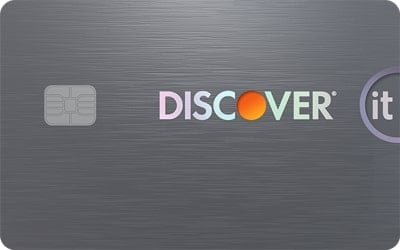
Apply Now
Student credit cards are designed for college students who are starting their credit journeys. These cards function like regular credit cards but often don’t come with many perks or incentives. They usually require proof of college enrolment to qualify. The Discover it® Student Chrome, for example, has no annual fee and doesn’t require a FICO credit history. It also offers ongoing rewards and a potentially lucrative sign-up bonus.
